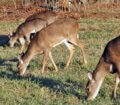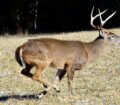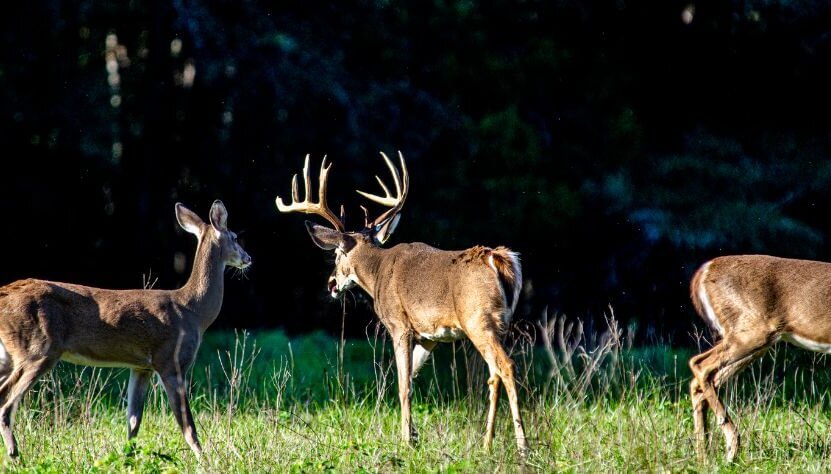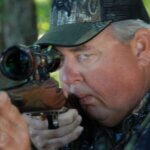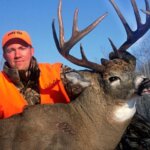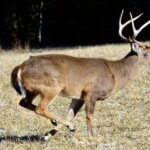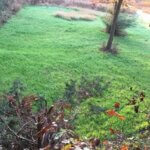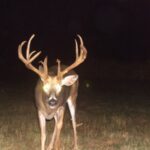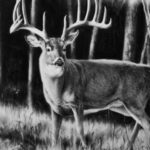Editor’s Note: Planting a green field doesn’t guarantee that you’ll take a buck on it. Some green fields produce high-quality bucks every season, while other green fields rarely if ever even yield a buck. What factors make for a great green field, and what makes a green field a waste of time and money? To learn the answers to these questions, we’ve contacted Dr. Grant Woods (http://www.growingdeer.tv) of Reeds Spring, Missouri, an avid hunter and one of the nation’s leading deer researchers and animal-nutrition experts.
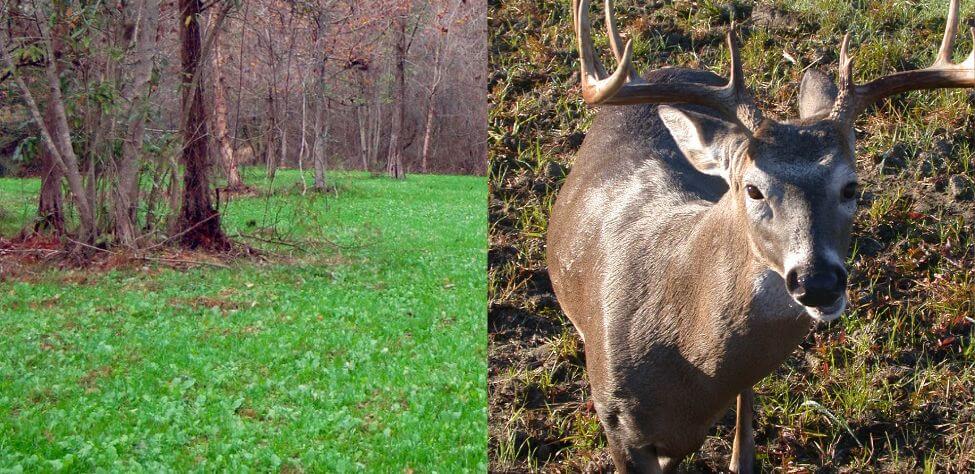
Things to Consider to Concentrate Deer: “Just because your green field produces plenty of food doesn’t mean that deer will come to that food source to feed during hunting season,” Dr. Woods reports. “For instance, although your field grows lush, green Johnson grass, deer don’t like Johnson grass and rarely will eat it. Even if your field grows plants that deer like to eat, those plants may lack the nutrition to create the sugars and other parts of a plant that draw in the deer. Too, the amount of fertilizer you add to the land often determines the palatability of the plants in a green field to a deer. If the deer don’t want to eat the plants in a green field during hunting season, then the green field serves little purpose.”
The Importance of a Soil Test: “To create a green field that deer will utilize during hunting season, first do a soil test,” Woods emphasizes. “Then put the correct amount of fertilizer and lime on the green field as suggested, and use a herbicide to control the weeds in the green field, so that the weeds won’t steal the nutrition from the ground. I define a weed as a plant that continues to grow after the plant spends its energy and no longer tastes palatable to the deer. If you’ll follow these recommendations, then the crop you plant for deer will produce a maximum yield.”
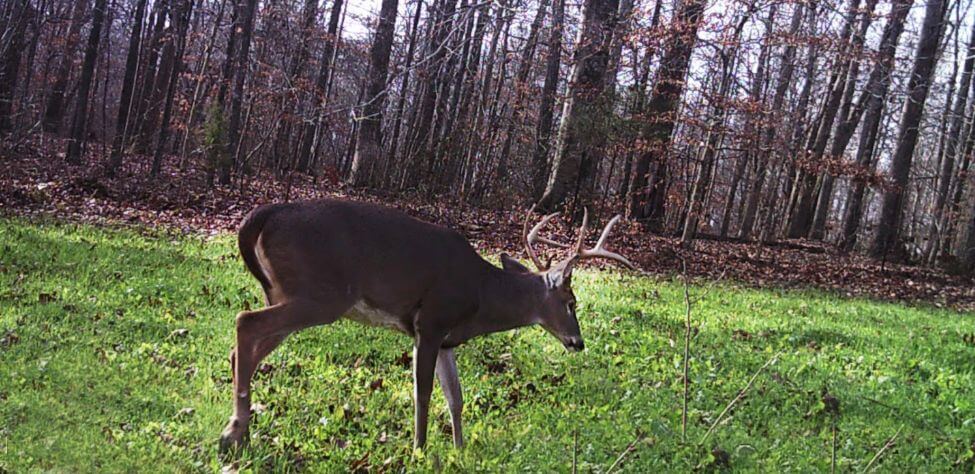
Blends of Seeds as in Mossy Oak’s BioLogic Full Draw: “To guarantee the palatability of the green field’s crops throughout hunting season, always plant blends of seed in your green field instead of a single crop,” Woods says. “A blend of seeds like those in Mossy Oak’s Full Draw product will produce food for deer before deer season, during bow season, through late gun season and even after the hunting season. Then as the green field yields a crop, the deer can totally consume these early plants before the next plants in the blend mature.”
Woods emphasizes that rye grass will produce abundant, nutritious food for deer during the early season. “However, the rye plant will continue to grow after the deer stop eating it. The unappetizing rye grass will rob the water and nutrients in the soil from the other seeds that will become palatable to the deer later in the season.”
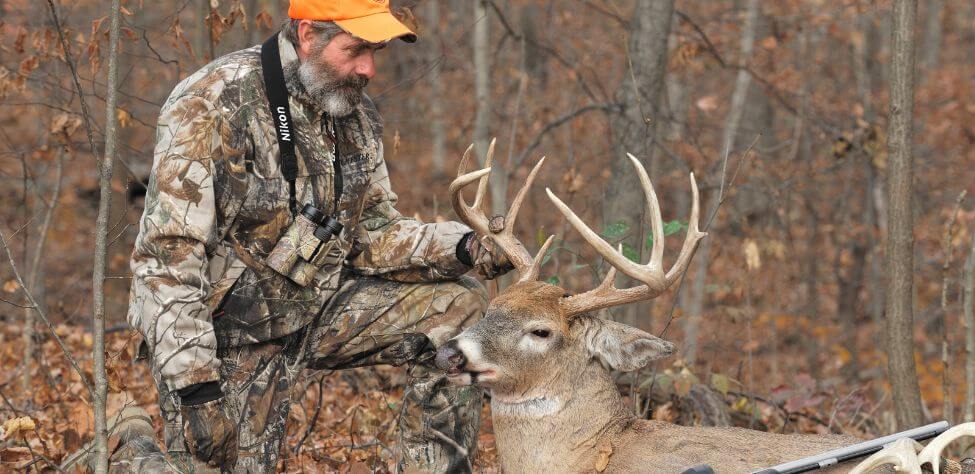
Early Wheat Should Be in the Seed Blend: Rather than planting rye, Dr. Woods suggests that you plant a seed blend with an early wheat in the blend. If you plant a blend of seeds that contains a variety of wheat that germinates quickly and comes out of the ground fast, the deer can completely consume the wheat during the early season.
The wheat in Mossy Oak’s BioLogic Full Draw that Dr. Woods has formulated comes out of the ground wanting to make a lot of leaves instead of a few leaves. According to Woods, “The wheat in Full Draw has a big stem with a seed head on top of it. Deer can browse off this seed, and the seed will continue to grow.”
After deer consume the early-season plants on a green field like wheat, the other plants in the blend can draw the nutrition and moisture from the soil and become palatable to the deer for later in the season. “BioLogic’s Full Draw uses a blend of seeds in a green-field planting to attract deer all during deer season,” Woods comments. “Full Draw addresses the issue of wanting to attract deer into a food plot as quickly as possible, while also having quality forage to keep deer in a food plot through the long season and providing them with nutrients they need to survive the winter and become productive in the spring.”
For the most-productive green field, use a blend of seeds that produces nutritious and palatable plants throughout the length of hunting season. Generally, one crop or one type of seed won’t accomplish this mission.
Tomorrow: Don’t Spook Green Field Deer

How to Hunt and Take Big Buck Deer on Small Properties
In this book, you’ll hear from 14 hunters who either have gained permission or leased properties as small as six acres to as much as 250 acres, and how they consistently take older-age-class bucks off these little lands.
VERSIONS: AUDIBLE, KINDLE & PRINT

Jim Crumley’s Secrets of Bowhunting Deer
Using a black magic marker and a gray work jumpsuit, Jim Crumley of Buchanan, Virginia, drastically changed the nature and purpose of hunting camouflage when he created the first sportsman’s camouflage – Trebark. Crumley’s love of bowhunting and his desire to be more invisible changed hunting clothing forever.
In this hunting guide, he shares the wisdom that he’s learned throughout his lifetime about how to be a hunter, how to find a deer lease, how to scout for deer, and more.
Special features include how to:
- Have a magic 60 acres to hunt
- Decide the best equipment to use
- Find deer year-round
- Locate land to hunt
- Know the best place to put your tree stand
- Get bucks within bow range
VERSIONS: AUDIBLE, KINDLE & PRINT

How to Hunt Deer Like a Pro
How do you know if the land you hunt has a trophy deer on it? Wildlife manager Bob Zaiglin, of Uvalde, Texas and Jim Crumley, the father of modern-day hunting camouflage, tells you how to find out. GPS can make finding and taking that trophy buck easier. This hunting guide will teach you how to hunt big bucks where no one else can find them, how to call deer, and how to become versatile as a deer hunter, so that if one deer tactic doesn’t work, another one will.
In the chapter, “How to find Bucks at Scrape,” Dr. Keith Causey, retired professor of Wildlife Science at Auburn University, describes the best way to hunt a scrape.
Brad Harrison of Neosho, Missouri, is a nationally-known videographer, professional deer hunter and master at calling deer. Another master is Will Primos of Primos Game Calls. These two experts will tell the best deer calls and when to use them in this book.
And for over 20 years, Bo Pitman, lodge manager of White Oak Plantation, has been studying deer movement patterns. He explains what types of conditions are best for predicting deer movement.
VERSIONS: AUDIBLE, KINDLE & PRINT

Deer hunting and deer hunters are drastically changing each year. To learn new techniques for hunting deer and have more places to hunt, I’ve interviewed some of the best deer hunters in the nation and share their tactics in How to Hunt Deer Like a Pro: Volume II.
In Chapter 10, Jacob Lamar tells you his tactics for consistently taking older-age-class bucks on public lands in several states. Chapter 11, Bob Walker explains how to find places on public lands where you can hunt that 99 percent of the other hunters never have considered hunting. The Bonus Chapter with David Ramey tells you how, where, when and with what equipment to take big Kansas bucks on public lands by hunting in 100-degree weather when others won’t hunt.
Chapter 13, Mark Drury, his family and his guests take mature bucks every season by having more small places to hunt rather than one large property. Drury explains the strategy of having satellite farms to hunt that only may be 50-150 acres each or less. Chapter 15, Pat Reeve, who hunts far-northern states and Canada, says, “I don’t like hunting for mature bucks until the weather is 20 degrees or less.” Chapter 4, Dr. Larry Marchinton says that funnels are the most-reliable stand sites to hunt for big bucks and tells why.
VERSIONS: AUDIBLE & PRINT

